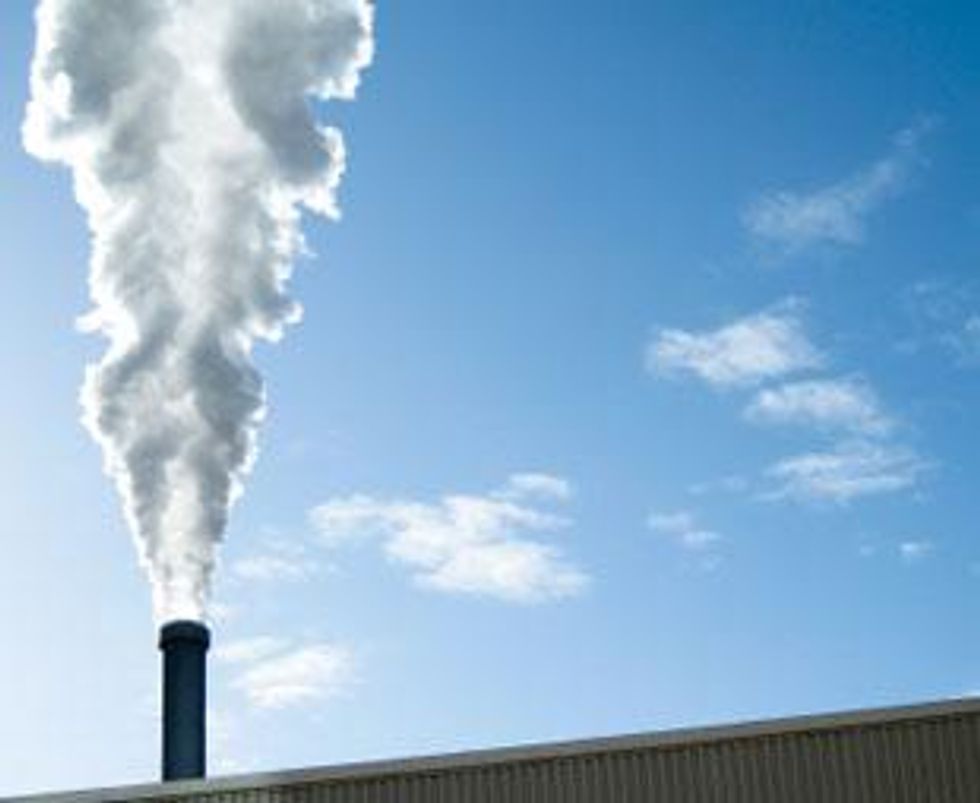As the heat of the summer settles over Northeastern Asia, concerns that rising energy costs will lead to another summer of blackouts guided the Chinese government’s hand this week.
By James Wellstead – Exclusive to Coal Investing News
As the heat of the summer settles over Northeastern Asia, concerns that rising energy costs will lead to another summer of blackouts guided the Chinese government’s hand this week. The Chinese government raised power prices that grid operators charge industrial, commercial and agricultural users in 15 provinces by three percent, the first increase since 2009.Power shortages are expected to be the worst in seven years and Chinese power operators are looking to blackouts as an effective way to reduce costs in the face of rising thermal coal prices and decreased hydroelectricity output from lingering drought in southern and central China. A Reuters article noted that China’s daily prices for coal with a heating value of 5,500 kcal/kg NAR were 845 Yuan (US$130.43) per tonne on Thursday, according to industry data website SXCOAL, taking the price to the highest level in more than two years.
Representatives of a Chinese power operator Changyuan Electric Power Corp said “the hike will ease our operational pressure to some degree, but cannot fundamentally reverse the serious impact on our economic results by coal price increases” in a statement released yesterday.
With the majority of domestic coal becoming increasingly expensive as bottlenecked transit sites stall deliveries from the landlocked West of the country, seaborne imports are becoming increasingly competitive. Efforts to reduce coal costs have led to an increase in Indonesian and Australian imported coal. So far this year total coal imports are down 24 percent to 43.5 million tonnes, as utilities focused on domestic coal, but this could change as domestic stockpiles begin to fall.
Other Asian countries are also feeling the impacts of higher prices, but in different ways. Continued concerns over the Japanese recovery from the March earthquake and tsunami have led its government to seek a 15 percent reduction in national electricity consumption. The government will have to do more than encourage Japanese workers to lose the suit and tie if they are to reduce thermal coal demand by 10 million tonnes, down to the 110 million that Electric Power Development Co (J-Power) has projected for 2011. We might see what this means for coal prices this coming month as Japanese negotiators meet with Xstrata Coal, the world’s largest exporter of thermal coal, to negotiate an annual supply contract beginning July 1.
But the expected shortfall in Japanese thermal coal demand is not destined to sit idle in stockpiles. In the past five months, India has stormed past Japan to become the new leading buyer of Indonesian thermal exports, importing upwards of 60 million tonnes in 2011, a number which could expand to 90 million tonnes by 2013. Indonesia—the world’s number one thermal coal exporter—is an important swing supplier within the region exporting more than 210 million tonnes of thermal coal in 2010.
Asian growth looks strong enough to encourage coal producers to rely on India and China to lead global thermal demand into the next decade. At the recent 2011 CoalTrans Conference held in Bali, Indonesia—the coal industry’s biggest Asian event—India and China were on everyone’s mind. “This year we’re expecting more than 45 percent of our production will go to India and China,” Eko BF Natalina, said general manager of marketing and sales at Indonesian Berau Coal. In the same article he added “I’m fairly confident that these two countries will lead demand in the future, and in 2012 as well.”
India will be an influential player in coal and the actions of Coal India, the world’s largest coal producer, sees the company positioning itself for the future. At the same CoalTrans Conference, Indonesian Coal Association told Reuters that India’s projected coal demand will continue to surge as electricity demand is expected to rise 56 percent by 2017.
Berau Coal, like many other coal producers, feels that China’s current power shortages were a short-term concern related to infrastructure growth rather than demand. “In the first quarter of this year, China was quite silent but they come back and next year they will continue to contribute significantly to the coal market industry,” Eko continued.
In the mean time, Chinese may have accept paying more to stay cool.
